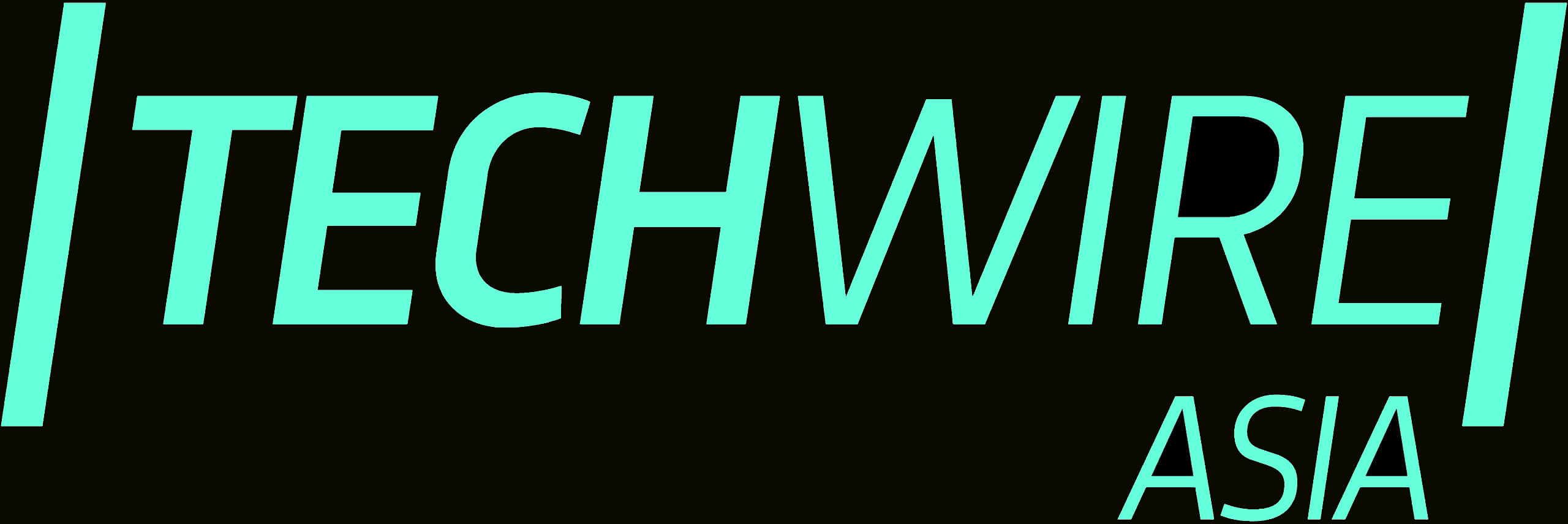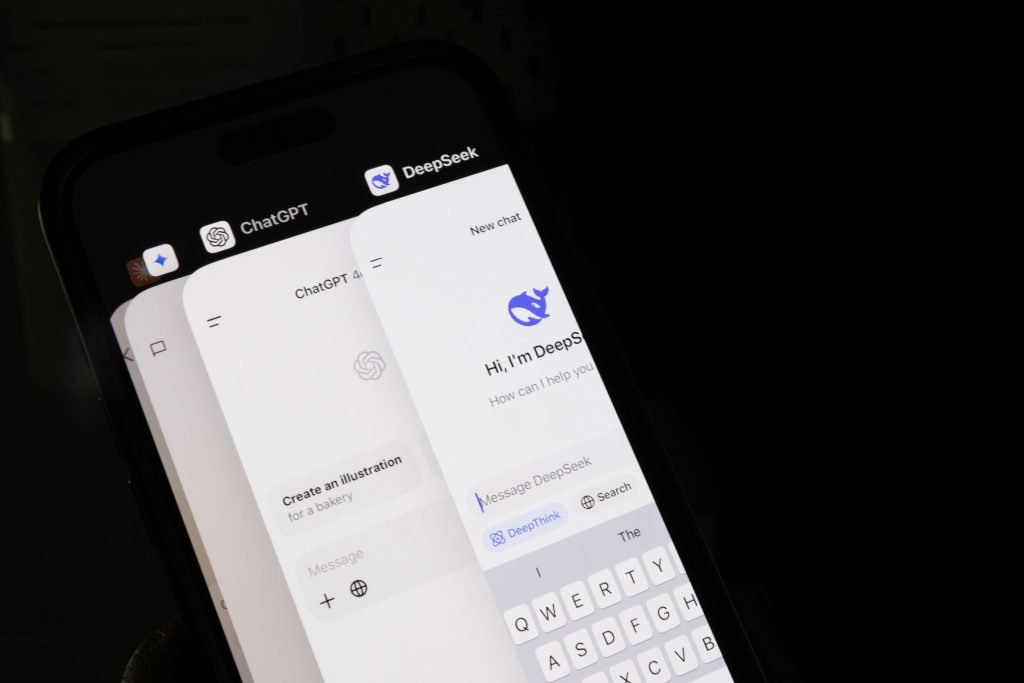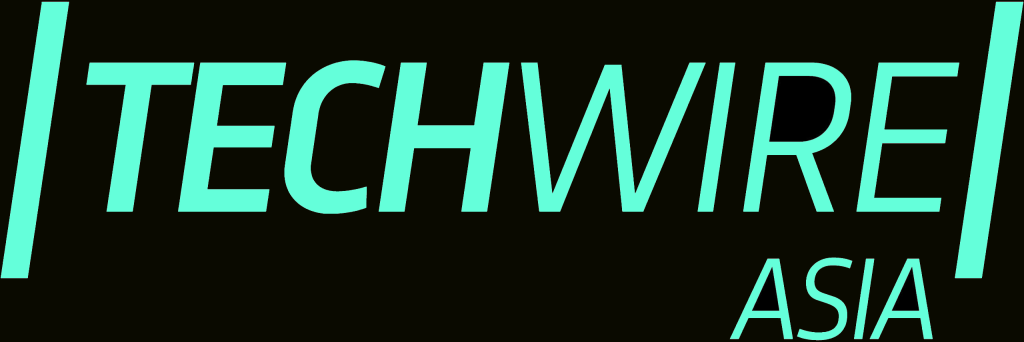Fine-tuning large language models is a decisive step in adapting them for specific tasks. With the growing demand for tailored AI solutions, choosing the right model type has become more important. Open-source and proprietary models offer distinct options, each with its advantages and challenges.
This article explores how these models differ and provides practical guidance to help you make an informed decision for your fine-tuning needs. Read on to understand how to align your goals with the right model and optimise your results.
Overview of open-source and proprietary models
Fine-tuning large language models (LLMs) requires careful consideration of the model type. Open-source and proprietary models both offer unique advantages, but they come with specific challenges. Understanding these differences is vital for selecting the right approach for LLM fine tuning.
The rapid growth in LLM development highlights the need for efficiency. Over the last three years, computation used for training LLMs has surged by over 574,000%. This makes focusing on the most relevant data and model type important in optimising fine-tuning.
Open-source models
Open-source models are freely accessible and highly customisable, making them a preferred choice for many.
Proprietary models
Proprietary models are developed and maintained by private organisations. They are often optimised for specific use cases, offering strong support and advanced capabilities.
Thus, both types of models can suit different needs, depending on factors like budget, technical capabilities, and the level of customisation required. By aligning the choice of model with project requirements and focusing on data relevance, organisations can ensure successful LLM fine tuning. The decision also impacts the efficiency of annotation processes, further boosting fine-tuning outcomes.
Advantages and challenges of each model type
Selecting the right model for LLM fine tuning often depends on balancing the strengths and limitations of open-source and proprietary options. Each type brings specific benefits and challenges to the table, which can shape how well they meet the needs of fine-tuning tasks.
Open-source models: Flexibility with trade-offs
Open-source models are popular for their adaptability and cost-effectiveness. Developers have the freedom to modify them, which helps create tailored solutions for unique uses. However, this flexibility comes with certain challenges.
Advantages:
- Customisability: Open-source models allow changes to their architecture or training processes, making them suitable for specialised tasks,
- No licensing fees: Using open-source models eliminates the cost of access, making them a budget-friendly option,
- Community support: Many open-source models benefit from active communities, providing access to shared knowledge and updates.
Despite these advantages, some issues may arise. They demand more technical expertise, as deploying and fine-tuning them requires deeper knowledge. And, they might lack the extensive datasets and optimisations seen in proprietary solutions.
Proprietary models: Convenience at a cost
Proprietary models focus on providing ready-to-use solutions with professional support. Their performance often stands out, but their limitations can affect long-term use.
Advantages:
- High performance: Proprietary models are typically pre-trained on diverse and extensive datasets, which ensures strong baseline accuracy,
- Ease of use: The models often come with user-friendly tools and documentation, reducing the complexity of implementation,
- Support and maintenance: Developers can rely on dedicated customer support for troubleshooting and updates.
However, the cost of licensing can be prohibitive, especially for small-scale projects. Proprietary models also restrict modifications, which may limit customisation options.
Deciding Between the Two
The choice between open-source and proprietary models often depends on project-specific needs. For example, open-source models might suit research projects with limited budgets and high customisation needs. Meanwhile, proprietary models can work well for enterprises prioritising performance and quick deployment.
By carefully weighing these advantages and challenges, teams can align their model choice with their fine-tuning goals. Moreover, ensuring high-quality annotated data remains critical in maximising the performance of both model types.
A guide to choosing the right model for fine-tuning
Selecting the right model for fine-tuning involves understanding your project’s goals, resources, and constraints. Both open-source and proprietary models have their strengths, so the decision depends on aligning these with your needs. The guide outlines practical steps to simplify the process.
Step 1: Define your goals
Start by identifying the purpose of fine-tuning. Determine whether the model will handle general or specialised tasks. For highly specific use cases, open-source models can offer greater customisation. Proprietary models are better for tasks requiring robust, out-of-the-box performance.
Step 2: Evaluate technical expertise
Assess your team’s technical skills. Open-source models may require advanced expertise for setup and fine-tuning. On the other hand, proprietary models often include tools and support, making them easier to manage for teams with limited technical experience.
Step 3: Consider budget constraints
Review your budget to decide whether the licensing costs of proprietary models are manageable. Open-source models are free but may require additional investments in infrastructure or expert developers.
Step 4: Focus on data quality
High-quality annotated data is critical for achieving fine-tuning success, regardless of the model type. Collaborating with professionals offering data collection services ensures accuracy and consistency, reducing errors during training.
Step 5: Weigh long-term goals
Think about long-term needs. Open-source models provide greater flexibility for evolving tasks, while proprietary models may require ongoing licensing commitments.
By following these steps, teams can make informed decisions that match their resources and objectives. Choosing the right model type is not just about performance – it’s about ensuring the model fits your fine-tuning workflow and produces reliable outcomes.
Final thoughts

Choosing between open-source and proprietary models for LLM fine tuning requires a clear understanding of your project’s priorities, resources, and long-term goals. Each model type has unique strengths and challenges, making careful evaluation essential.
By aligning model selection with your specific requirements and focusing on high-quality data annotation, you can enhance fine-tuning efficiency and achieve better results. As advancements in AI continue, staying adaptable will help you make the most of evolving technologies.







